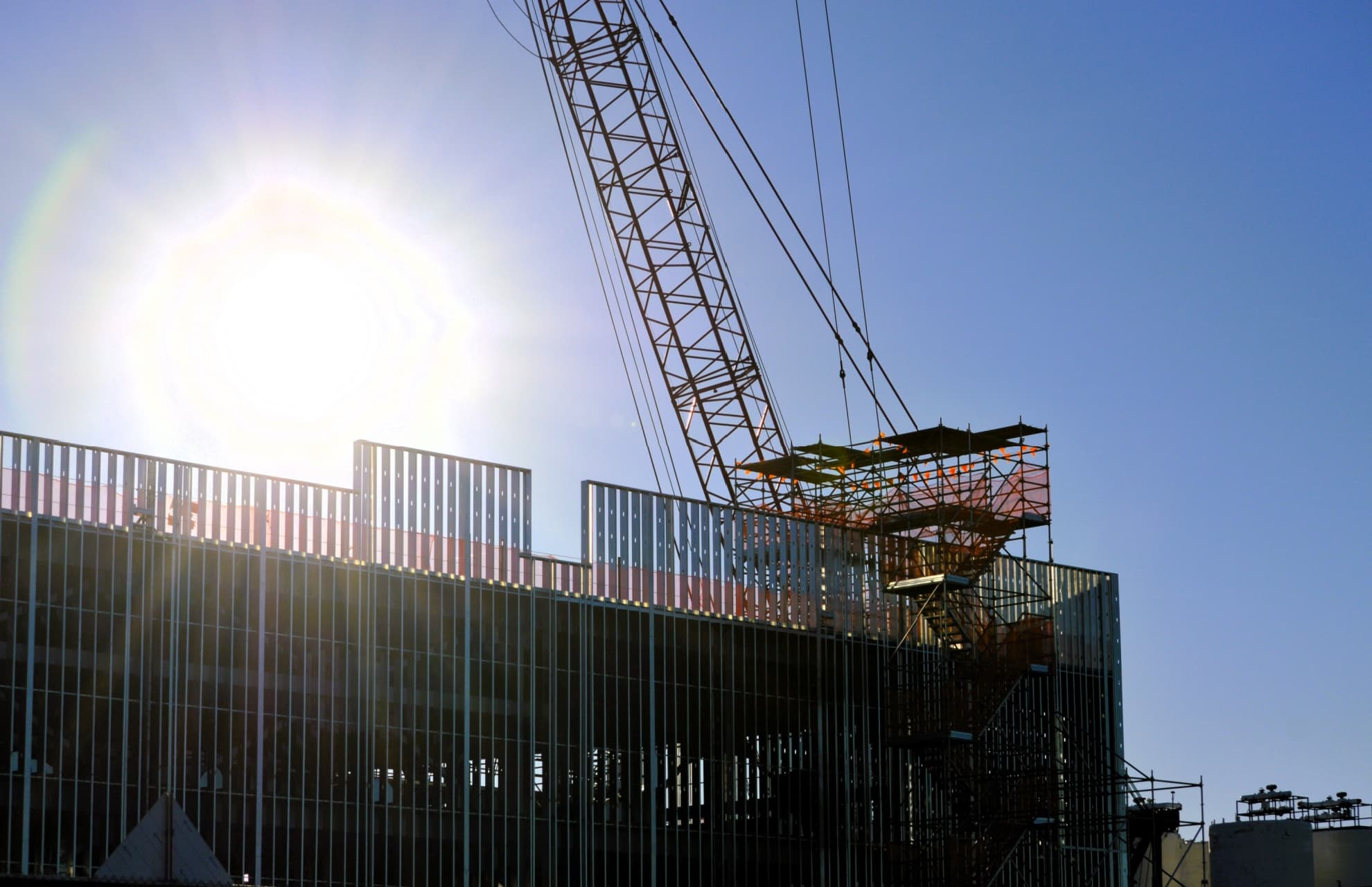Big Picture: Banks’ CRE Exposure in the Spotlight New reports released in June are heightening concerns around banks’ exposure to commercial real estate risk. According to data from Florida Atlantic University, 67 out of the 157 banks surveyed had 300% greater CRE exposure than their total equity. The Federal Reserve labels any ratio higher than 300% as “excessive exposure,” heightening the bank’s risk of failure. Another study from researchers at NYU Stern School of Business; Georgia Institute of Technology – Scheller College of Business; and Frankfurt School of Finance, CEPR highlights that banks may face additional “hidden” risks. According to GlobeSt, banks may have backchannel exposure through the extension of credit lines to nonbank financial intermediaries (NBFIs). For context, REITs are a well-known example of NBFIs. Bank exposure to CRE has been at the forefront of industry experts’ minds. Researchers from the latter study cautioned that banks should not ignore these exposures so as to not underestimate the risk to banks, “especially under stress.” Additionally, Federal Reserve Vice Chair for Supervision Michael Barr shared in a Congressional hearing last week that “supervisors and banks must remain vigilant and ready for expected and unexpected stresses, and presently there are several risks we are monitoring.” However, some experts remain optimistic banks will be able to absorb potential CRE-related losses. Chris Marinac, director of research at Janney, shared with MarketWatch that based on the firm’s projections, “plenty of earnings and reserves exist to recognize significant commercial real estate (CRE) losses at the largest regional, national, and mid-sized banks.” The industry remains in a wait-and-see pattern as $1 trillion in outstanding loans come due in the next two years. State of the Sector: Office Much of the CRE conversation continues to revolve around the office asset class. First American Senior CRE Economist Xander Snyder recently analyzed the current demand for office space. According to Snyder, while office demand has fallen significantly due to remote work trends, “we won’t know the depth of the contraction until more leases expire and more tenants make decisions about how much space they really need.” The work-from-home boom has also driven office-to-residential conversions, which have been endorsed by state and federal officials in an effort to maintain market momentum. However, according to CommercialEdge, national vacancy rates are up 0.8% from last year, currently standing at 17.8%. Other experts echo Snyder’s conclusion that the market still has time before conditions smooth out. Peter Kolaczynski, director at CommercialEdge, shared with GlobeSt that the office market “[is] still in the early phases of what is likely to be a multidecade reshuffling.” Innovation: Building a Lean, Green CRE Machine Decarbonization is currently one of the most heavily discussed topics across all industries, and CRE is no exception. More than one third of global carbon emissions comes from the buildings and construction sector, and top CRE owners have stepped up their sustainability efforts to mitigate the impact. Several industry leaders have committed to achieving net-zero emissions by 2040, including Nuveen, Hines, and Prologis. While upgrading existing buildings to meet more efficient energy standards may seem daunting, Rob Hornish, chief of sales at Redaptive, spoke to GlobeSt about how his company is driving solutions. Redaptive uses an “Energy-as-a-Service” (EaaS) model to help owners of industrial properties upgrade their facilities and save on energy costs without significant upfront investment. However, CRE still has a long way to go. According to Guy Grainger, global head of sustainability services at JLL, the real estate industry is “underestimating the value of creating low-carbon buildings.” While the industry is heavily reliant on historical data to assess property values, Grainger calls for incorporating forward-looking data to better understand the risks of climate change.
Welcome to the CRE News Digest from First American Title NCS, where we explore the biggest stories in commercial real estate. As a legacy brand that has worked in CRE for over 120 years, First American knows the market and the forces impacting our clients’ businesses.



















 English (US) ·
English (US) ·